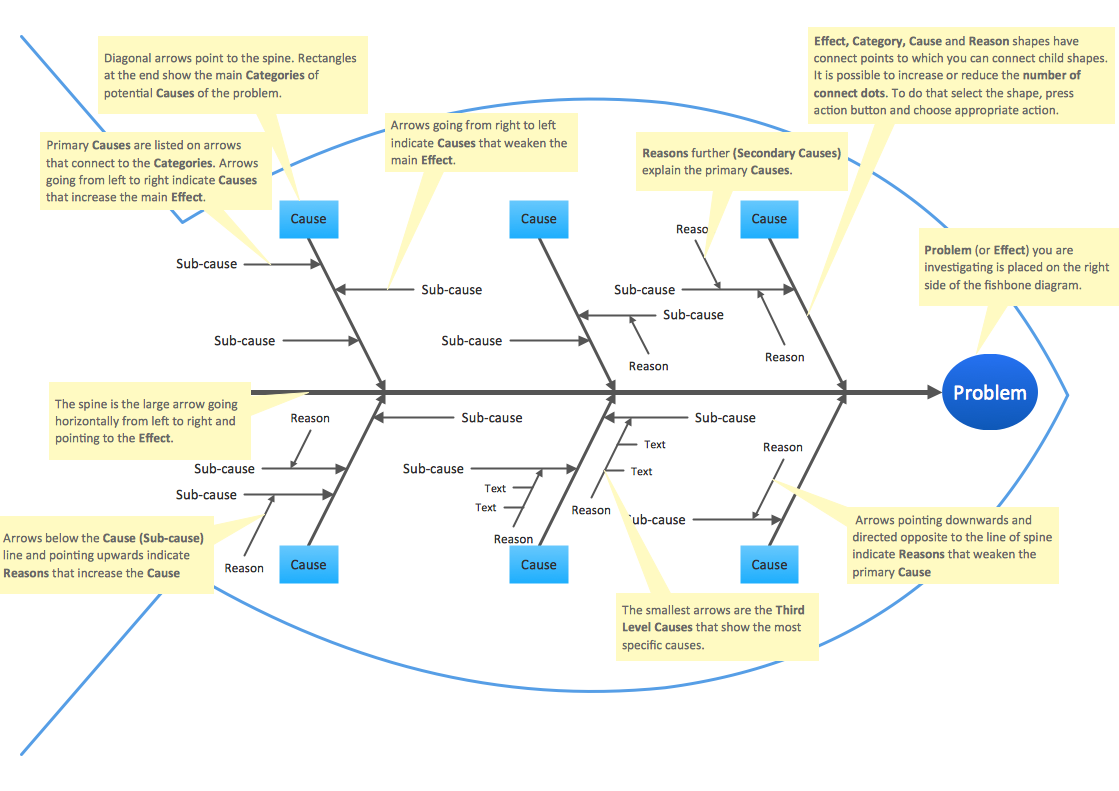


In this follow-up article, I will use Ishikawa diagrams to identify the root cause of common problems in higher education and provide steps for your project team to address these issues. In my previous article, “ Using Project Management Principles to Develop Academic Learning Communities,” I discussed how academic learning communities could be formed and developed using project management principles. Merlino’s experience collaborating with campus leadership and community partners has successfully increased students’ educational programming and learning opportunities while positively impacting student enrollment, matriculation, retention, and outcomes through career-level engagement. Merlino has worked as a project manager, music director, composer, and performer for many projects held at The Venetian, Mandalay Bay, MGM Grand, and Cosmopolitan in Las Vegas. As a touring musician and clinician, he has presented in Scotland, Croatia, Greece, Thailand, Canada, Australia, and Argentina. His background in the arts as a performer and large-scale project manager helps inform decisions as a business strategist, bringing a unique perspective to the educational landscape. Merlino is a five-time GRAMMY-nominated music educator with a passion for cultivating creativity and innovation in higher education. Quality Process Analyst Certification-CQPAĮxcerpted from The Quality Toolbox, ASQ Quality Press.A.J.

Upon use of the case study in classrooms or organizations, readers should be able to create a control chart and interpret its results, and identify situations that would be appropriate for control chart analysis. Using Control Charts In A Healthcare Setting (PDF) This teaching case study features characters, hospitals, and healthcare data that are all fictional. One Check to Rule Them All ( Quality Progress) Check sheets were used to help an organization's Medicare Managed Care-focused operation gather data and pinpoint the specific problems, which helped them implement changes to eliminate rework and ultimately achieve almost $200,000 in labor efficiency. The authors explore how digitizing one of the seven basic quality tools-the fishbone diagram-using mind mapping can significantly improve the tool.ĭon't Misuse The Pareto Principle ( Six Sigma Forum Magazine) Four commonly held misconceptions of the Pareto principle are discussed that have prevented some companies from realizing the true potential of the principle. Pitch Perfect ( Lean & Six Sigma Review) Learning the ins and outs of capability analysis by examining a baseball pitcher’s performance.įish(bone) Stories ( Quality Progress) Today’s technology makes it easier than ever to communicate complex concepts more clearly, which is why older, "analog" quality methods should be digitized. You can also search articles, case studies, publications, and webcasts for quality tool resources. Cause-and-effect diagram template (Excel).
#Online fishbone diagram creator download#
Just download the spreadsheets and begin entering your own data. These templates will help you get started using the seven basic quality tools. Stratification: A technique that separates data gathered from a variety of sources so that patterns can be seen (some lists replace stratification with flowchart or run chart). Scatter diagram: Graphs pairs of numerical data, one variable on each axis, to look for a relationship. Pareto chart: A bar graph that shows which factors are more significant. Histogram: The most commonly used graph for showing frequency distributions, or how often each different value in a set of data occurs. Comparing current data to historical control limits leads to conclusions about whether the process variation is consistent (in control) or is unpredictable (out of control, affected by special causes of variation). Quality pros have many names for these seven basic tools of quality, first emphasized by Kaoru Ishikawa, a professor of engineering at Tokyo University and the father of "quality circles." Start your quality journey by mastering these tools, and you'll have a name for them too: indispensable.ĭiagram (also called Ishikawa or fishbone diagrams): Identifies many possible causes for an effect or problem and sorts ideas into useful categories.Ĭheck sheet: A structured, prepared form for collecting and analyzing data a generic tool that can be adapted for a wide variety of purposes.Ĭontrol chart: Graph used to study how a process changes over time. "The Old Seven." "The First Seven." "The Basic Seven." Quality Glossary Definition: Seven tools of quality


 0 kommentar(er)
0 kommentar(er)
